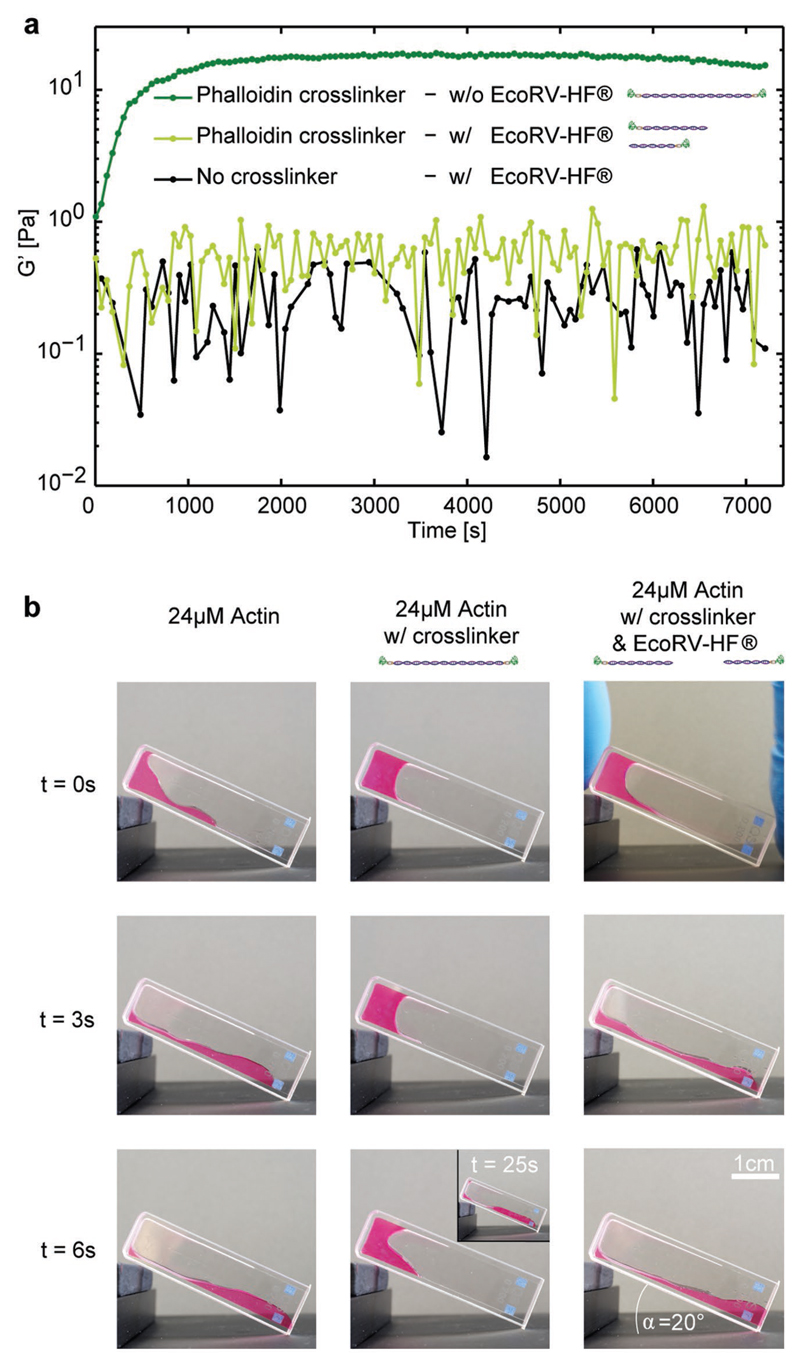Figure 4. Reversibility of synthetic actin crosslinkers.
a) The time-dependent elasticity of actin polymerization was investigated in the presence of intact sPX (dark green, c = 0.24 × 10−6 m (R = 0.01), i.e., below the threshold of the elasticity burst) and compared to EcoRV-HF-cleaved sPX (light green, c = 0.24 × 10−6 m (R = 0.01)). Cleaving the crosslinkers reversed the stiffening effect illustrating the possibility to switch between different mechanical states. The cleavage was additionally verified via native polyacrylamide gel electrophoresis (Figure S2, Supporting Information) and has also b) a drastic effect on the macroscopic behavior of actin as shown in an inclined cuvette monitoring the bulk properties over time. Left row: Pure actin was polymerized at 24 × 10−6 m. Middle row: Actin was polymerized at 24 × 10−6 m with 9.6 × 10−6 m sPX. Right row: Actin was polymerized at 24 × 10−6 m, including 9.6 × 10−6 m sPX and 300 units EcoRV-HF.

